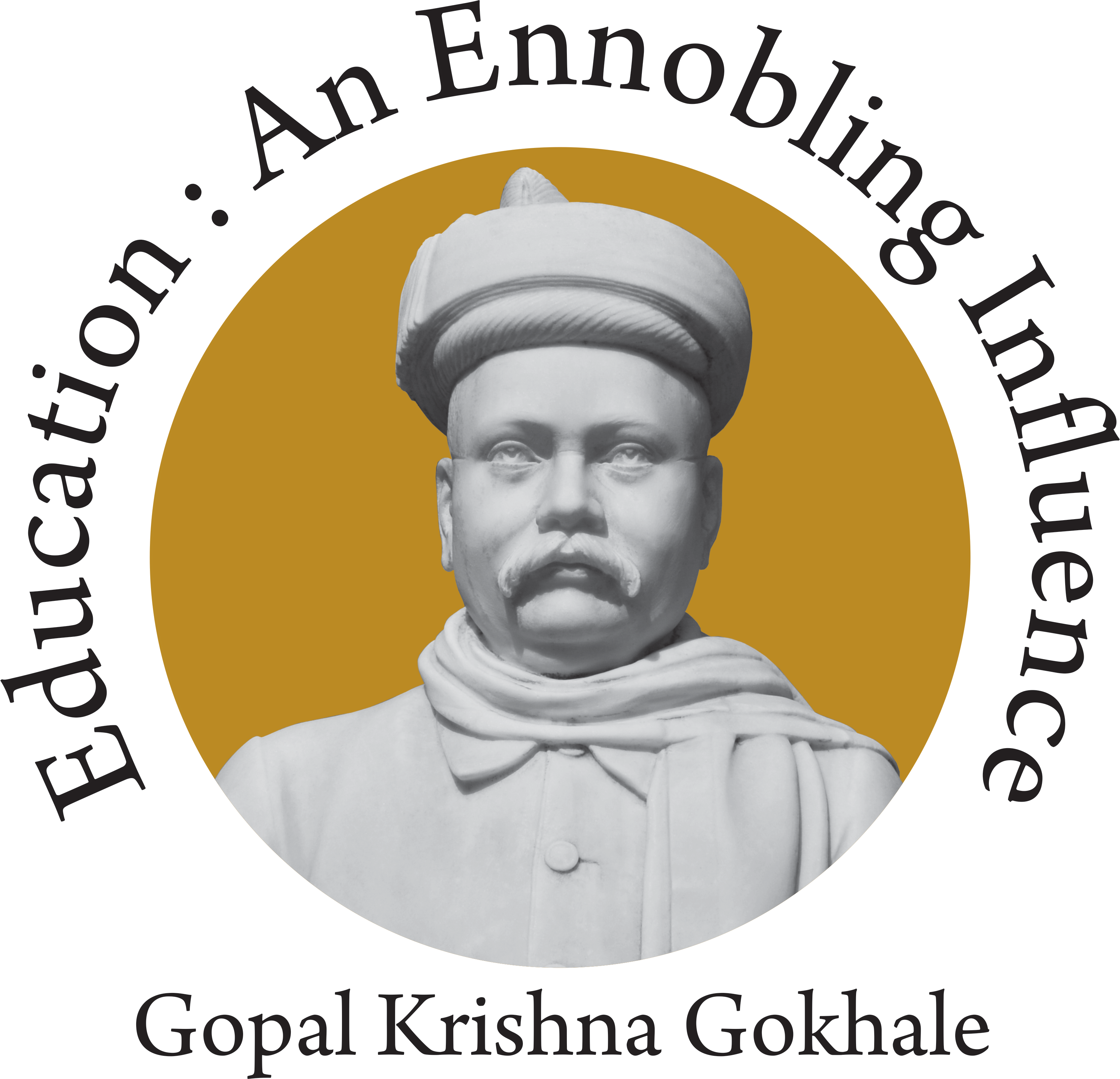| dc.contributor.author | Sivanandan, Vini | |
| dc.contributor.author | Pisal, Arun | |
| dc.contributor.author | Prasik, A P | |
| dc.contributor.author | Pol, R | |
| dc.contributor.author | Khan, Akram | |
| dc.contributor.author | Shivnekar, Vandana | |
| dc.date.accessioned | 2017-07-28T11:26:43Z | |
| dc.date.available | 2017-07-28T11:26:43Z | |
| dc.date.issued | 2016-06 | |
| dc.identifier.citation | 10 p | en_US |
| dc.identifier.uri | http://hdl.handle.net/10973/46947 | |
| dc.description.abstract | Diversity among the disabled population needs to be explored and examined to be able to represent the disabled population in the mainstream. Hence, proper operationalization of diversity depends on exploring the diversity. Analytically, the diversity is at minimal when there are no differences among the members of a group. Although, preliminary analyses indicated the least diversity among the disabled population analysis using diversity indices such as Blau and Teachman and separation measures such as standard deviation and coefficient of variation indicates diversity by both age group and by type of disability among disabled population. We demonstrate diversity both by variation and separation within districts of Maharashtra determined by age group and by type of disability. Results indicate distinct sets of districts distributed accordingly and diversified by age group and disability type. This we believe will help policy makers make better planning and programme by incorporating these diversities across and within states. | en_US |
| dc.language.iso | en_US | en_US |
| dc.publisher | Gokhale Institute of Politics and Economics (GIPE), Pune (India) | en_US |
| dc.relation.ispartofseries | Working Paper;33 | |
| dc.title | Assessment of diversity and population structure of disabled population in Maharashtra (An) | en_US |
| dc.type | Working Paper | en_US |

